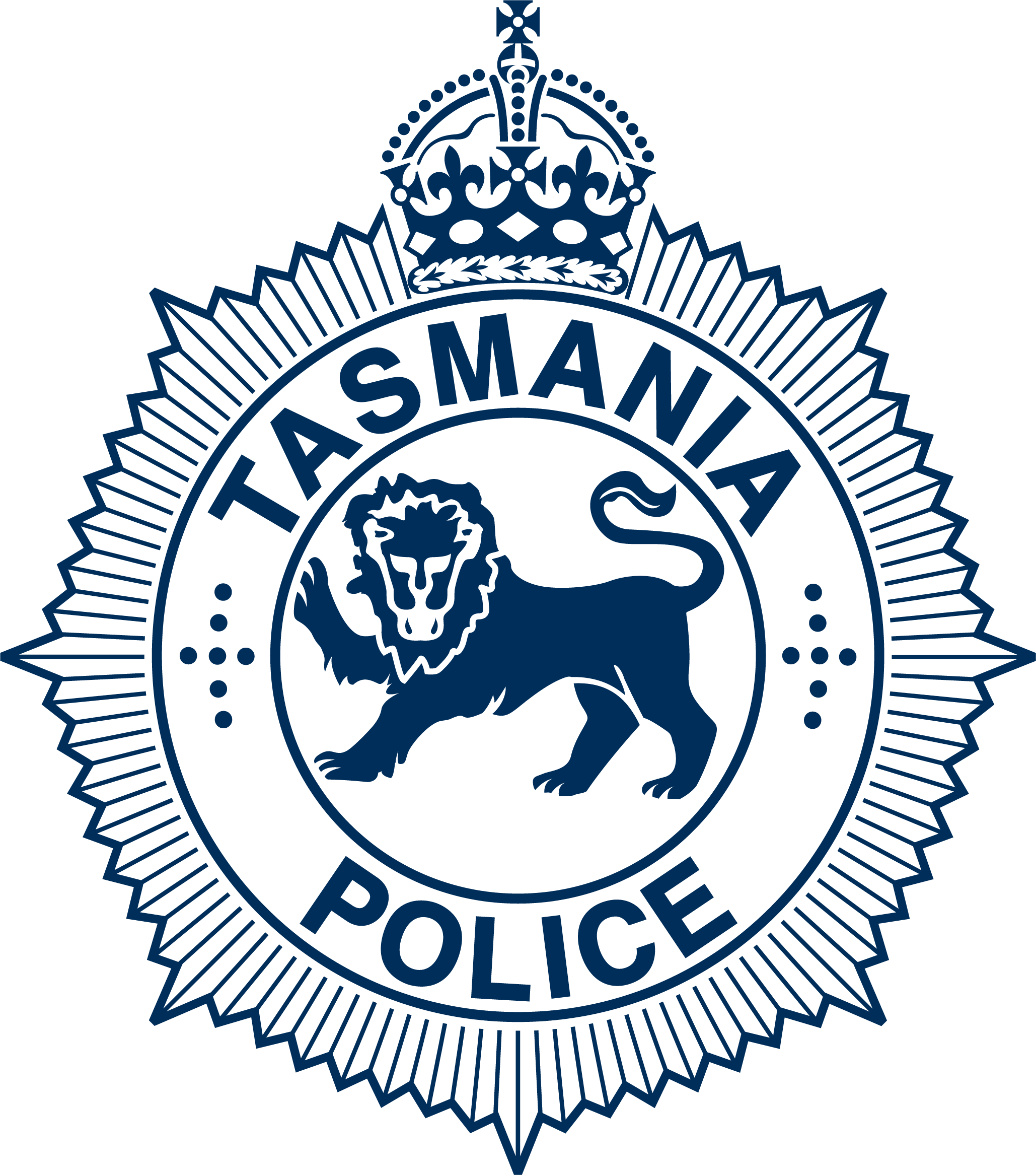Medal Presentation to Historical Group – Inspector William Taylor
 Today (15 June 2012) the Historical Group took receipt of a Kings Medal for Bravery awarded to Inspector William Taylor in 1930 for acts of bravery in 1929. Mr Taylor's Great Grandaughter (Phoebe Coates) presented the Medal to the museum.
Today (15 June 2012) the Historical Group took receipt of a Kings Medal for Bravery awarded to Inspector William Taylor in 1930 for acts of bravery in 1929. Mr Taylor's Great Grandaughter (Phoebe Coates) presented the Medal to the museum.
Inspector William Richard TAYLOR KM
William Richard Taylor was born in Dromana, Victoria, on the 10th of September 1897. Nothing is known of his early life other than the fact that he and his brother moved to Tasmania and worked as loggers for a timber mill. He was six feet tall, was married and described himself as a handyman in 1915 when he sought appointment to the Tasmania Police Force.
On the 17th of November 1915 he was appointed as Probationary Constable No. 633 (later re-numbered 79) at Hobart and commenced beat duty that same day without the benefit of any training (and often in a second hand uniform) The new probationers were expected to learn on the job and pick upon the experience of more senior men.
William remained at Hobart until July 1917 when he was transferred to Strahan where he found the time to study for and pass (in 1920) his Sergeants examination and transferred to Derby. It was at this station where his devotion to duty, personal courage and initiative were put to a severe test. On the 4th of April 1929 the Ringarooma River was in high flood the impact of which, apart from considerable property damage, caused the Brisels Mine dam to burst and seriously threatening the lives of the men working in the mine.
Eight men who escaped from the deep workings of the mine managed to clamber up a bank in the river that threatened to wash away at any moment. William, by now a Senior Constable, found a small damaged boat that he managed to repair and then rowed off into the raging waters amongst uprooted trees and debris from destroyed houses. Unfortunately the boat could only carry himself and one other person but he manage to recover all eight of them. For this deed he was promoted to Sergeant and recommended for the award of the Kings Medal for bravery.
William was also recognised by the award of prestigious Clarke Medal from the Royal Humane Society which was presented to him in 1929 by the State Governor, Sir James O’Grady. The following year Sir James presented William with his King’s Medal.
Constable Albert Jackson also participated in the Derby crisis and was awarded both the King’s Medal and a Royal Humane Society medal. He would later lose the use of his legs through complications arising from prolonged exposure to the cold of the river.
In April 1934 William was promoted to Sergeant 2nd Class and, two years later, to Sergeant 1st Class when he transferred to Queenstown and later to Ulverstone. In August 1943 William was promoted to the rank of Inspector.
In 1945 he was appointed the Divisional Inspector at Longford. He retired after a career spanning 42 years on the 10th of September 1952 William retired, settling with his wife, Ada, and their daughters, Nina and Camella, in Ulverstone.
William loved his life as a police officer and was well known throughout the communities that he served for his firmness, when necessary, tempered by a friendly, helpful and compassionate attitude towards others. William is buried, at Ulverstone.
The assistance of William’s daughter, Mrs Nina Coates, is acknowledged in the development of this cameo along with extracts from the ‘Examiner’ news paper (dated 1929 and 1945). (August 2010).



